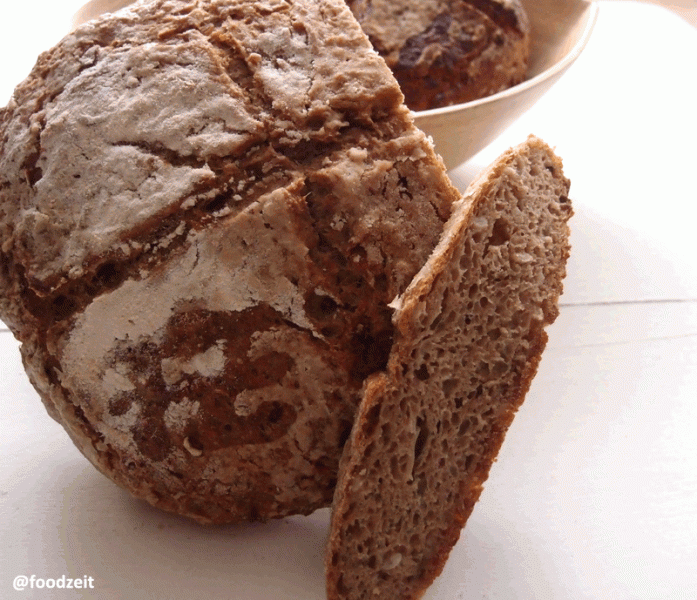37.8°C oder wie ich das Topfbrotfieber bekam – how I got infected with the pot bread fever
- Log in or register to post comments
- 7 comments
- View post
- Foodzeit's Blog






